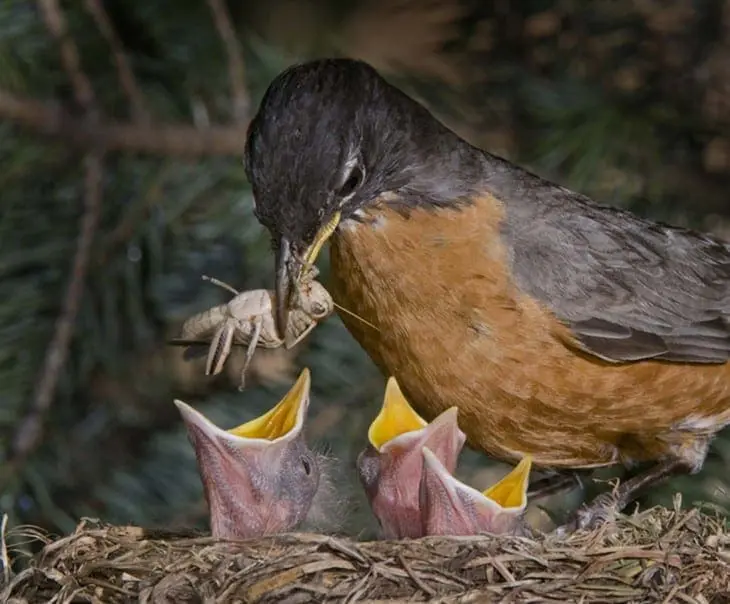On Camera Flash Modifiers

Using Flash in the field and On Camera Flash Modifiers
text by John Bentham
When shooting animals or other subjects outdoors in bright sun your initial assessment would be – It’s bright outside, I don’t need a flash? However shooting outside with flash is helpful for certain subjects and necessary more often than you think. There are times when areas of the scene are just too bright in comparison to others. A flash can help to bridge narrow the gap between the two exposures giving you a better more even exposure. At other times you need the flash to lighten up an area in shadow. Or to freeze the action a little and draw attention to parts of the scene.

Image © Denver DPA Instructor Russ Burden
This stunning photo of a mother bird feeding her young, shot by Denver DPA instructor Russ Burden is a perfect example of a situation where flash serves to bring out the details in a photo, freezing the action, effectively stopping the motion of the chicks in time. A touching scene, a snapshot of nature hard one by Russ with some preparation, the right equipment for the situation and a little luck.
If you are considering an external On-Camera flash you should buy a unit specifically dedicated to your camera. The advantage here is the camera, lens and flash will all communicate to each other and provide feedback to produce a better exposure. If you are then considering expanding your kit with a Flash Modifier basically there are a few elements to consider, size, cost and durability. In any situation the larger the light source the softer and more pleasing the light, thus a small 6×10 inch soft box mounted on your flash will give you a softer look than a bare head which measures 2×3 inches. However a small box is still pretty large when you’re working in a very crowded setting or if your trying to traverse though some bush to get to that eagles nest. If you’ve got people behind you also trying to see or photograph the eagle they will be annoyed its in their way, or in their shot etc.

Image © NY DPA Instructor Tiago Nunes
The Micro Apollo looks fine and is not too expensive, but it could get crushed in some situations. I use the small slip on plastic Stofen diffusers because they are small, durable and cheap ($20). The softness comes from how you use them, how you position them. By swiveling the light and pointing it into a 10×10 foot wall, the wall becomes your light source not the small flash. Obviously if you’re shooting wildlife there are no walls to take advantage of, however you can sometimes take advantage of walls at zoos. In situations where the animals are at any distance, further than 25 feet, you probably should remove the modifier and just shoot bare head. You generally need the power and throw of the flash zoom head system (the flash tube inside the flash unit will actually zoom back and forth when you zoom the focal length on the lens. With the modifier off the flash will narrow it’s beam at long focal lengths to produce a longer throw. I have also heard good things about heard Gary Fong modifiers, although they are kind of expensive for just a piece of plastic.



